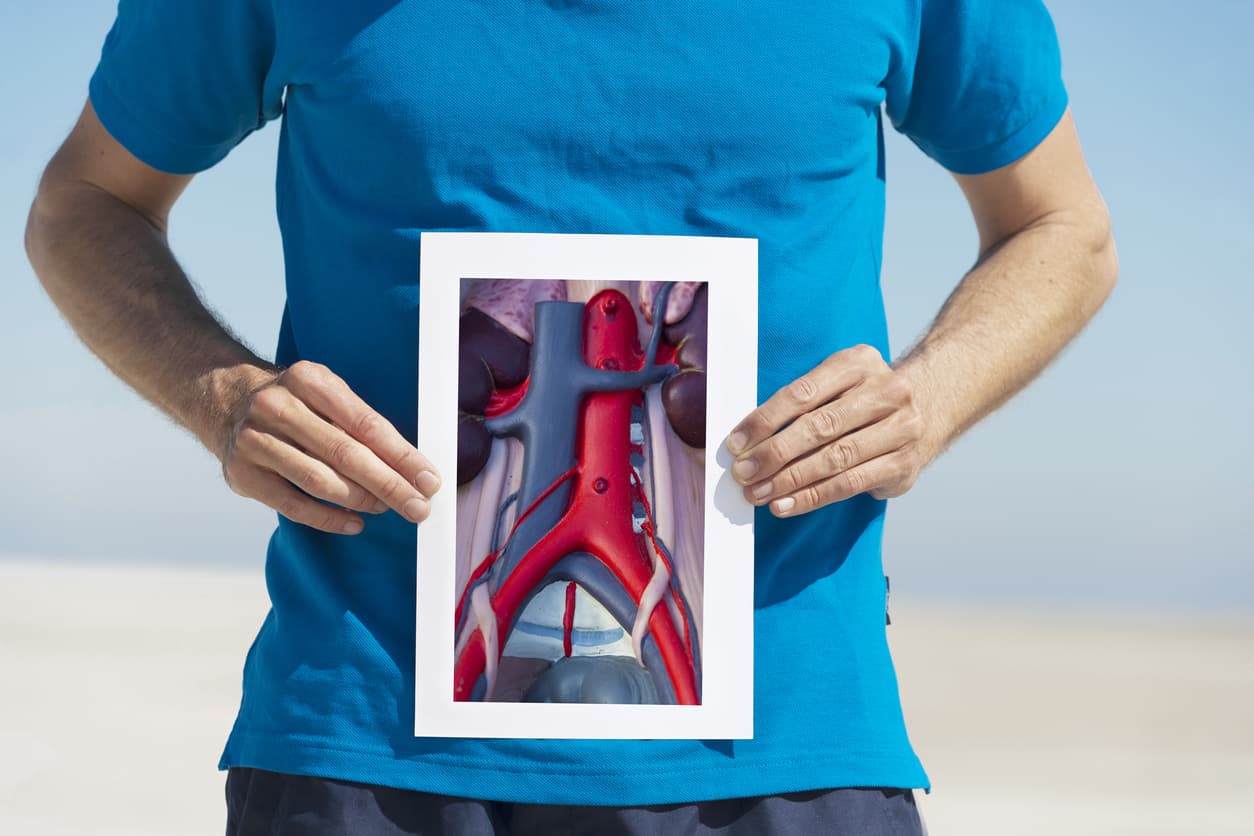12 Patients Claim Two Cordis IVC Filters Are Defective in New Lawsuit

Temporary IVC filters are intended to reduce the risk of blood clots and pulmonary embolism in high-risk patients. Unfortunately, defects in many of these devices have caused more harm than good. While the filters are effective in stopping clots from traveling through the veins, they are also harming patients at an alarming rate.
Two filters manufactured by the Cordis Corporation are now at the center of litigation in several IVC filter lawsuits. Most recently, 12 recipients of the Cordis OptEase and Cordis TrapEase filters have filed a lawsuit against the manufacturer. The lawsuits accuse the company of (a) selling a defective medical device and (b) failing to warn patients about risks associated with the use of the filter.
OptEase and TrapEase Filters Approved Using Streamlined Process
The FDA must approve a new medical device before it can be marketed and sold in the United States. However, there are ways to circumvent the traditional, time-consuming FDA approval process. The FDA’s 510(k) process allows companies to obtain pre-market approval if the agency has already approved a similar device.
Cordis took advantage of the 510(k) process for the two IVC filters at issue in the most recent lawsuits. The company claimed that the OptEase and TrapEase filters were equivalent to C.R. Bard’s Recovery IVC filter and Cook Medical’s Gunther Tulip IVC filter.
One problem with the 510(k) approval process is that it can take years, if not decades, to fully understand the risks and dangers of FDA-approved medical devices. Allowing a product to hit the market just because the manufacturer says it is as safe as something that’s already being sold is dangerous.
This is precisely what happened with the OptEase and TrapEase filters. The two filters these devices were modeled after – the Recovery and Gunther Tulip – have been known to fracture, perforate, tilt, and migrate at alarming rates. As a result, thousands of patients have been injured after receiving these implants. The Recovery filter was recalled, while the Gunther Tulip filter continues to be at the center of lawsuits filed against Cook Medical.
The same problems have plagued the OptEase and TrapEase filters. Studies have shown that the TrapEase and OptEase filters are unreasonably unsafe. In 2013, Cordis issued a recall for the OptEase, citing labeling issues that could contribute to improper implantation and complications. Now Cordis is being sued for negligently allowing a defective product to be sold to patients across the country.
Cordis IVC Filter Patients Suffering Life-Threatening Injuries
Twelve plaintiffs from across the country have filed a lawsuit against Cordis for injuries they say were caused by the OptEase and TrapEase filters.
- A Texas man alleges that he was injured because blood clots became trapped in his TrapEase filter. The filter now blocks the regular flow of blood and cannot be removed.
- An Alabama woman alleges that she has suffered injuries because her OptEase filter has become embedded in her vein. The filter has become clogged with clots and cannot be removed.
- A New Jersey man alleges that he has suffered injuries because his OptEase filter migrated after surgery.
- A Missouri woman alleges that she has been injured because her TrapEase filter fractured after implantation. Retrieval surgery was not entirely successful.
- A New York woman alleges that her TrapEase filter fractured after implantation. As a result, her inferior vena cava was perforated.
While the plaintiffs all claim to have been harmed by the Cordis devices, the injuries they’ve experienced have not been identical. Some patients have developed blood clot disorders, while others have had to deal with internal bleeding, perforated tissue, and calcified clots. These injuries have not only imposed physical pain, but also subjected the patients to unnecessary emotional suffering.
Consolidating Similar IVC Filter Lawsuits
Defective medical devices can potentially harm thousands of people across the country. In the most recent Cordis IVC filter lawsuit, the plaintiffs reside in at least six different states. When cases share facts and arguments, it can make sense to bundle them together. There are two ways to accomplish this.
The first involves filing a class action. In a class action, several plaintiffs form a single “class” and throw their support behind one single case. All of the plaintiffs share the results of that class action.
The second involves what is known as multidistrict litigation (MDL). In an MDL, several cases are consolidated to be heard in a federal court before a single judge. However, plaintiffs do not create a class. Instead, the judge oversees all of the individual trials. The outcome of one case doesn’t necessarily impact the outcome of another.
The most recent Cordis IVC filter lawsuit has been filed in First Judicial District of the Philadelphia County Court of Common Pleas.
